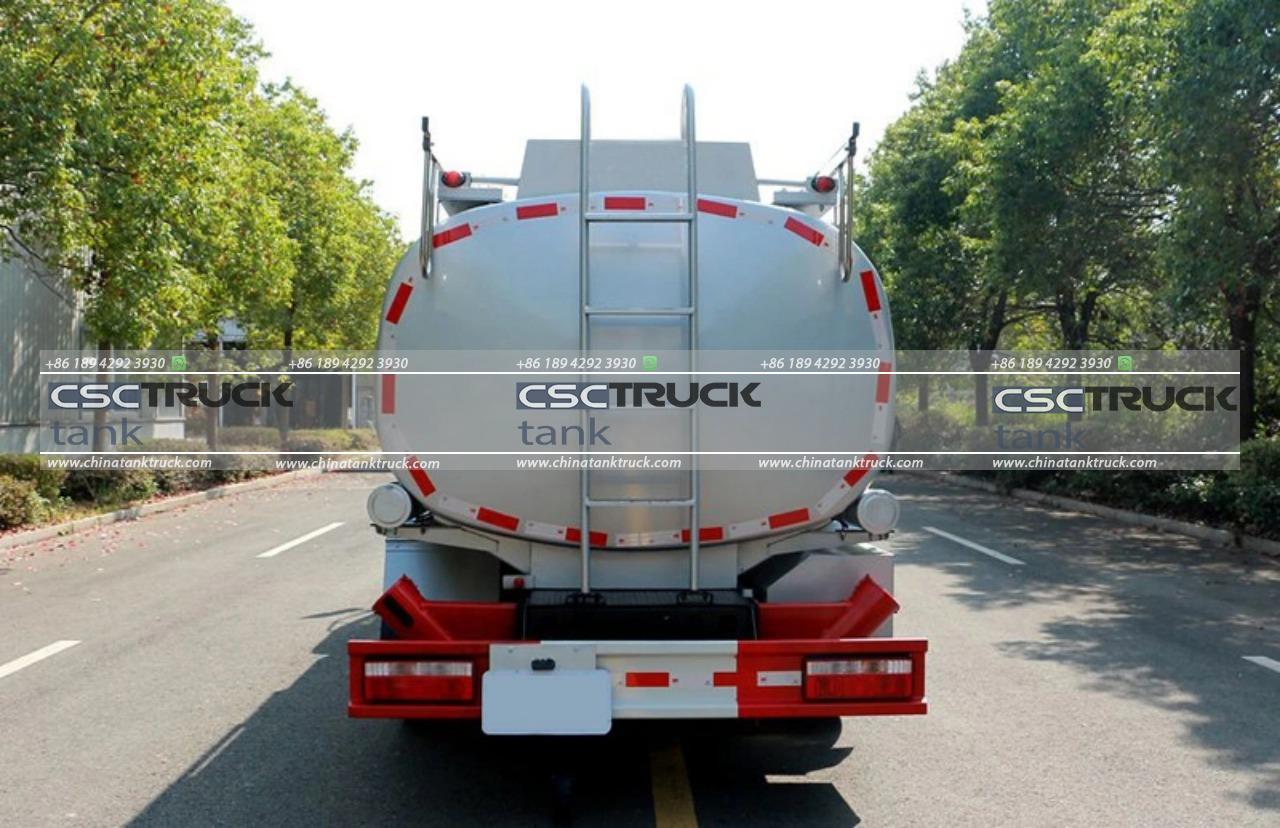How Long Does it Take to Empty a Fuel Truck?
Fuel trucks are crucial in the logistics and energy sectors, providing the supply chain link that transports fuel from refineries and distribution centers to gas stations, construction sites, airports, and industrial facilities. The efficiency of unloading fuel is a critical component in their operation, directly impacting everything from supply schedules to costs and safety standards. While it may seem straightforward, the time required to unload a fuel truck is influenced by several factors: truck size, fuel type, unloading method, and equipment setup.
This article provides a detailed breakdown of these factors, helping us understand what goes into the time it takes to empty a fuel truck.
1. Understanding Fuel Truck Specifications
Fuel trucks come in various sizes and configurations, tailored to meet different transportation needs. There are generally 2 main types of fuel trucks: light-duty fuel trucks and heavy-duty tanker trucks.
– Light-duty fuel trucks typically carry up to 2,500 gallons of fuel and are often used for local deliveries to smaller businesses or construction sites.
– Heavy-duty tanker trucks can carry between 5,000 to 11,000 gallons or more, commonly used to supply gas stations, airports, and large industrial clients.
The design of these trucks is highly specialized to ensure safe, efficient fuel transport. Tanks are compartmentalized to prevent fuel movement during transit, which helps balance the truck and prevents potential hazards. These compartments also allow for different types of fuel to be carried in the same truck, making distribution more versatile. The volume, compartmentalization, and type of fuel all influence unloading time.
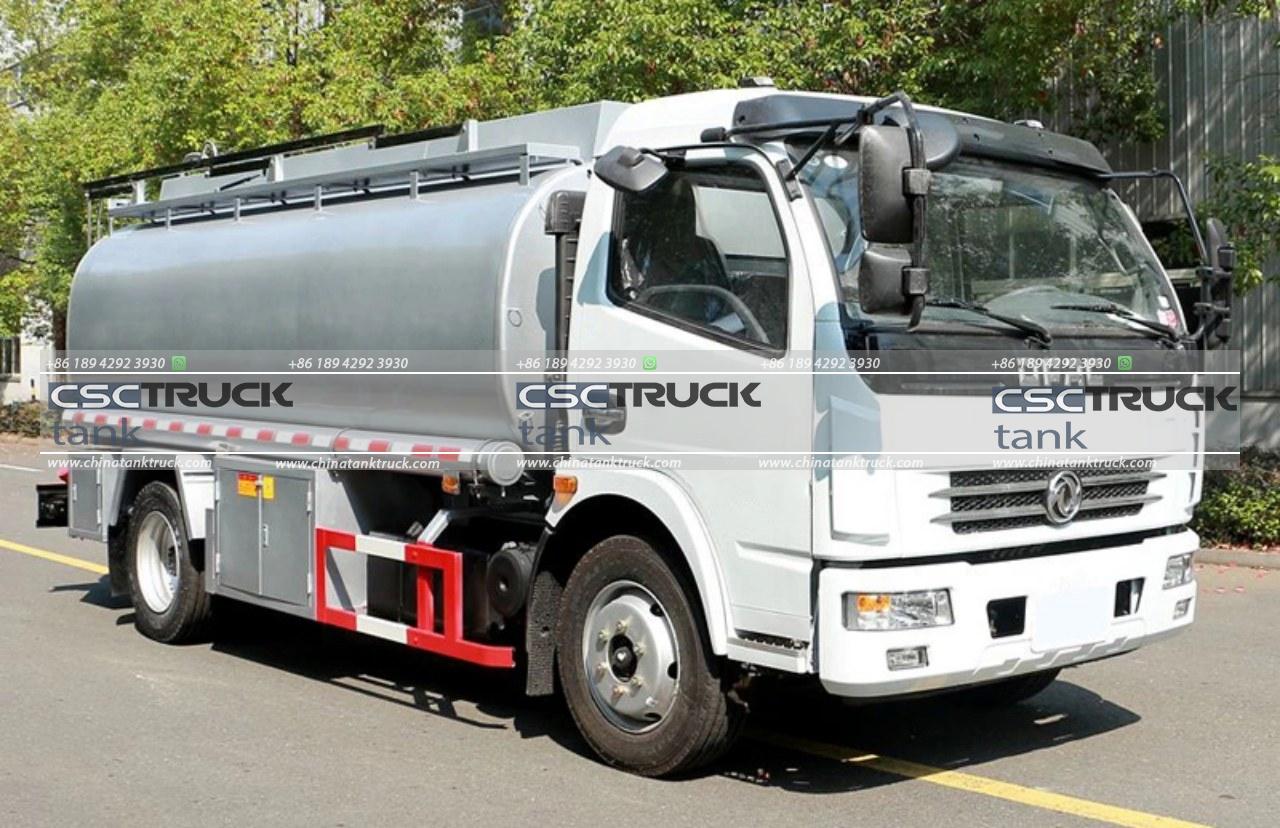
2. Types of Fuel Carried
Different types of fuel – gasoline, diesel, aviation fuel, etc. – have unique chemical and physical properties that can affect how quickly they can be unloaded. For instance:
– Gasoline has a lower viscosity, making it easier to pump and transfer. The equipment handling gasoline can be designed for higher flow rates, speeding up unloading.
– Diesel fuel is slightly more viscous than gasoline, which could slow down the unloading process if pumps are not optimized for it.
– Aviation fuel typically requires more stringent safety checks and specialized equipment due to its high sensitivity and safety requirements, often increasing unloading time.
The type of fuel, combined with the truck’s tank setup, affects the type of hoses, pumps, and connections required to unload the fuel safely and efficiently.
3. Unloading Methods
Unloading fuel from a truck generally involves either a gravity-fed system or a pumping system, both of which influence the unloading duration.
– Gravity-fed unloading is when fuel is allowed to flow out of the truck tank due to gravity. This method is generally slower and is used when minimal equipment is available or in cases where the delivery site lacks sophisticated pumps. Gravity-fed unloading works best when the truck can park on an elevated surface relative to the storage tank, allowing the fuel to flow downward.
– Pumping systems involve using a pump, either on the truck or at the delivery site, to force the fuel from the tank. Pumps allow for faster unloading rates, especially when dealing with heavy-duty tanker trucks. Pumped systems are the norm for larger tanks or locations that need quicker turnover, such as busy gas stations or industrial sites.
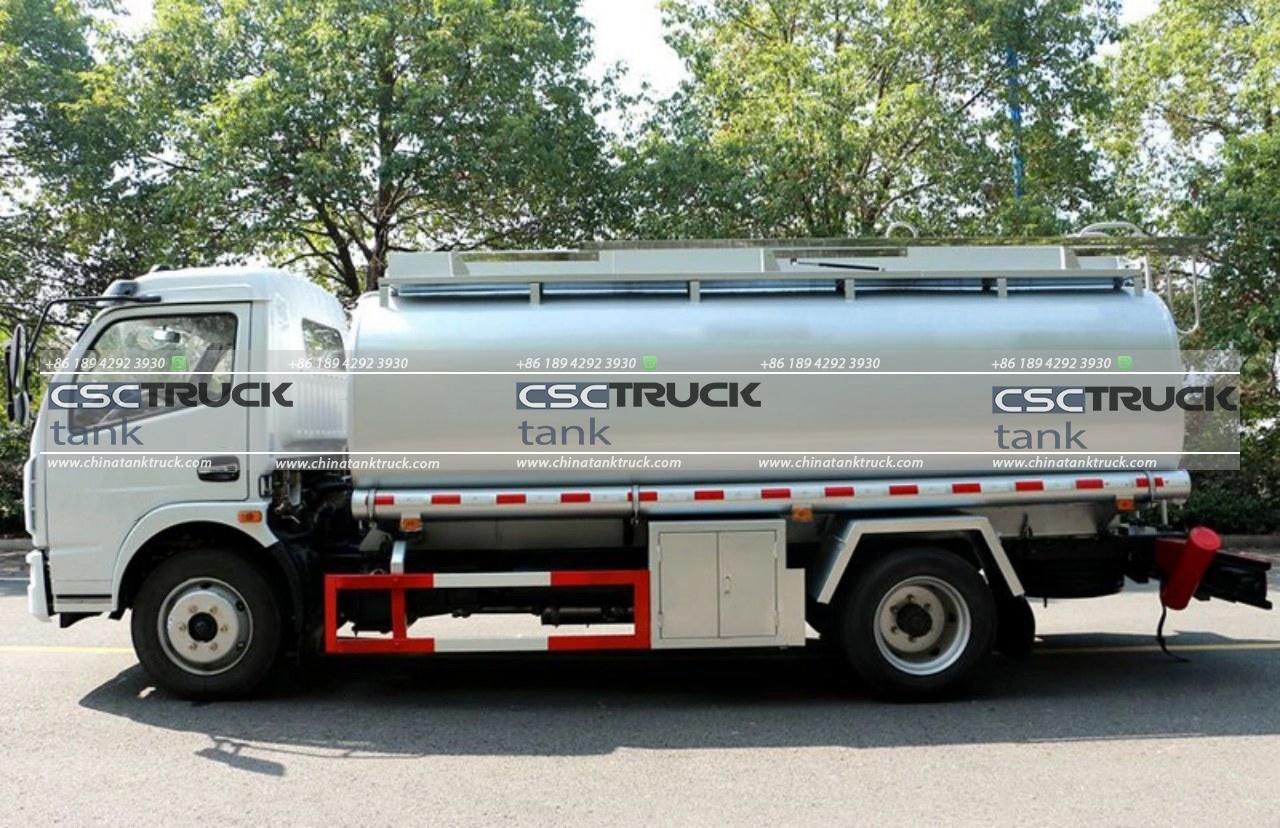
4. Equipment and Setup
The equipment used to unload a fuel truck, particularly the type and quality of pumps and hoses, has a major impact on how long the process takes.
– Pumps: High-quality pumps with optimized flow rates are essential for quick unloading, especially for larger fuel trucks. Pumps are generally rated by flow rates in gallons per minute (GPM), and these can vary significantly based on the type and condition of the pump. Industrial-grade pumps, for instance, can range from 150 to over 400 GPM.
– Hoses: The diameter and length of the hoses also affect unloading speed. Larger-diameter hoses facilitate faster flow, but hoses that are too long or narrow can slow the rate of fuel transfer.
– Valves and Meters: Precise valves and meters ensure a smooth flow rate and avoid abrupt stops, which can be especially useful when multiple compartments in the truck need to be emptied sequentially.
5. Average Unloading Times by Truck Size
The time required to empty a fuel truck depends on the truck size and the unloading system used. Below are general estimates based on standard truck configurations and pumping systems:
– Small fuel trucks (up to 2,500 gallons): With pumping equipment, these trucks typically take 15-20 minutes to unload. For gravity-fed systems, the unloading time can be closer to 30-40 minutes.
– Medium-sized fuel trucks (2,500-5,000 gallons): These trucks generally require about 30-45 minutes to unload with a pump. Gravity-fed unloading may extend this time to an hour or more.
– Heavy-duty tanker trucks (5,000-11,000 gallons): When equipped with high-capacity pumps, heavy-duty fuel trucks can take about 1 to 1.5 hours to unload. For gravity-fed systems, however, unloading could take 2 hours or more.
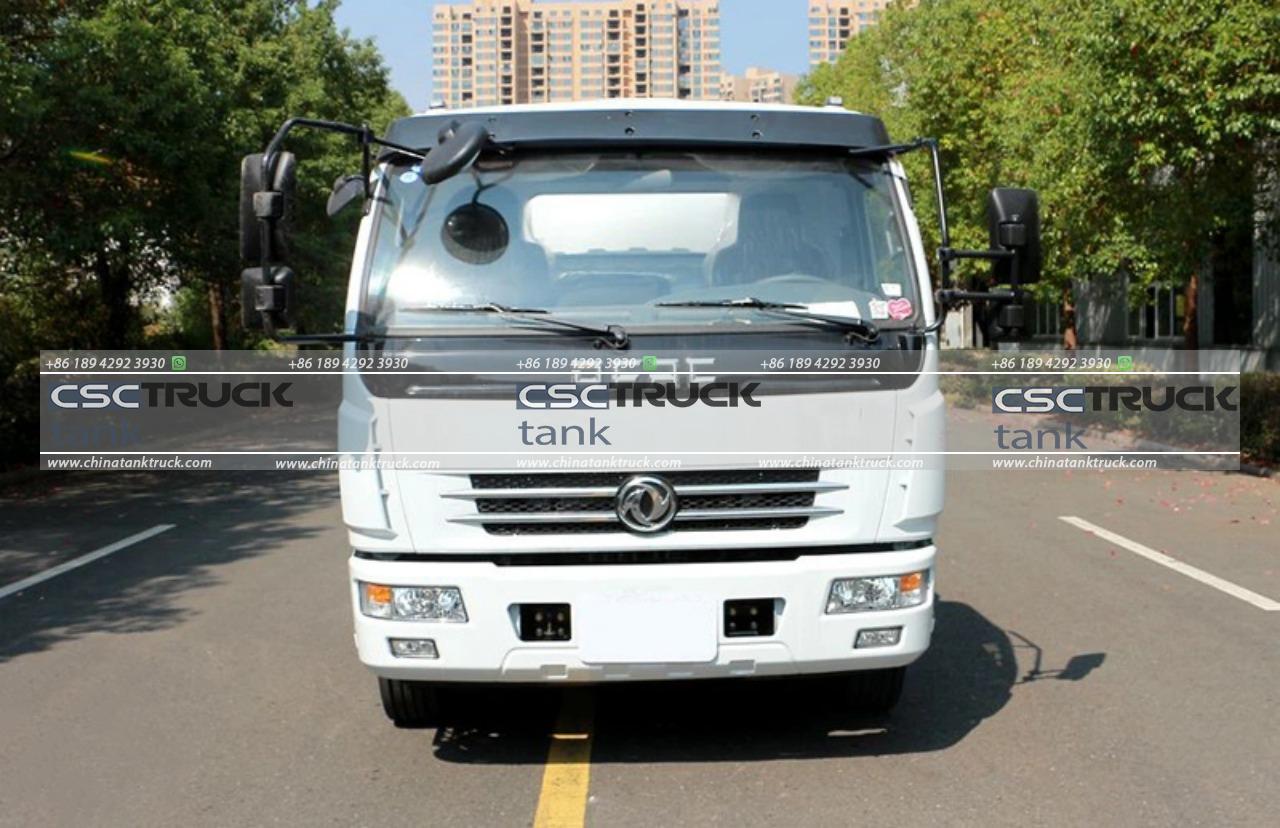
6. Environmental and Safety Considerations
Safety protocols play a significant role in unloading fuel trucks, affecting overall unloading time. Fuel transfer is a hazardous process, and specific protocols must be followed to prevent spills, vapor releases, and other risks.
– Safety Checks: Many unloading sites require initial safety checks, such as grounding the truck to prevent static discharge, inspecting hoses and pumps for leaks, and wearing protective gear. These checks can add anywhere from a few minutes to half an hour to the unloading process.
– Environmental Conditions: Weather conditions, such as rain, high heat, or extreme cold, can impact unloading time. In some cases, additional measures like weather shields or heaters may be necessary to protect the equipment or the fuel itself.
– Regulatory Compliance: Different regions have specific regulations for fuel unloading, which can add extra steps to the process, such as using vapor recovery systems in urban areas to capture fuel vapors released during unloading.
7. Operational Efficiency and Innovations
In recent years, advancements in fuel delivery technology have improved unloading speeds. Automated systems that manage flow rates, automated shut-off valves, and real-time monitoring of unloading progress allow for better precision and faster unloading while maintaining safety.
– Automated Flow Control: Some systems now come with programmable flow rates, allowing operators to set the ideal unloading speed, thereby reducing human error and preventing spills.
– Real-Time Monitoring: Sensors and monitoring systems can track how much fuel is left in the tank and provide alerts for any irregularities. This improves efficiency and reduces downtime.
– Improved Pump Technology: High-efficiency pumps can now operate at higher pressures and with more durable components, facilitating faster fuel transfer and reducing unloading time.
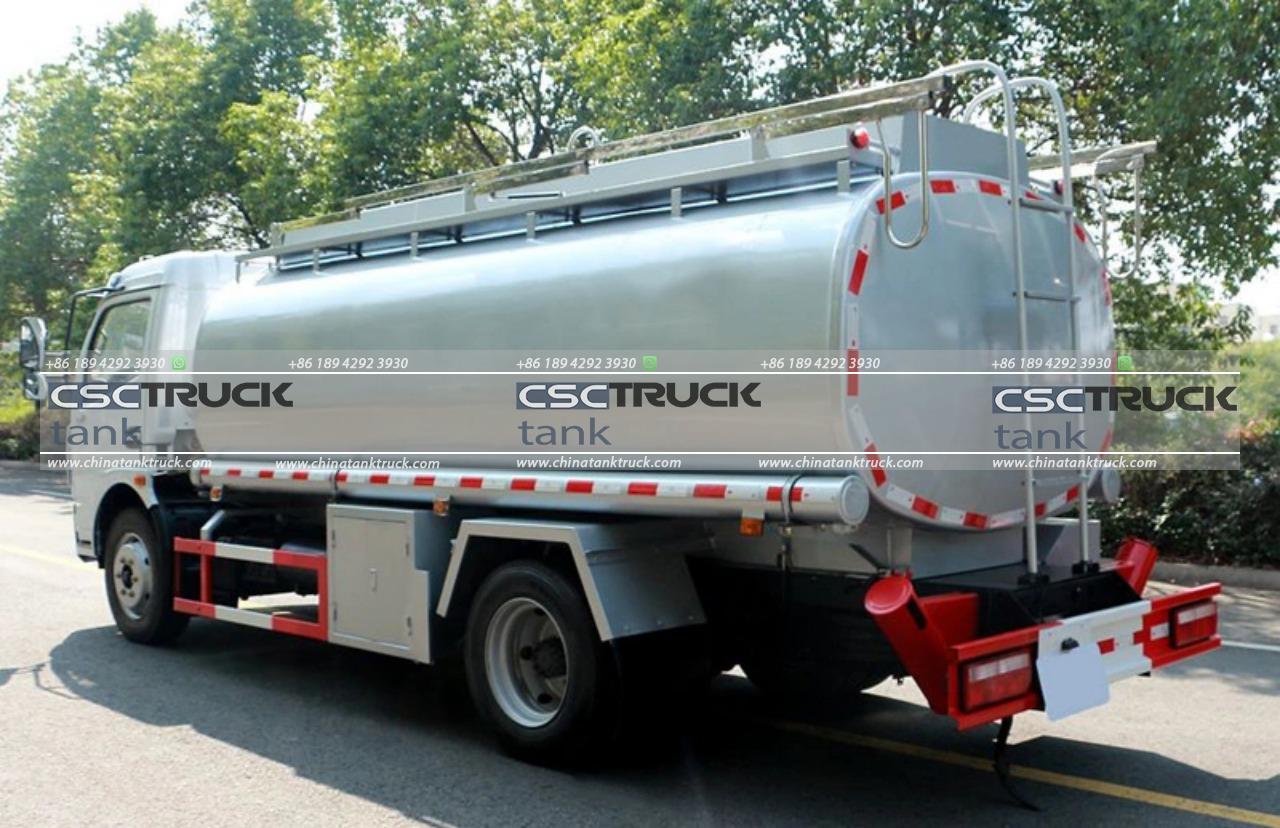
Conclusion
The time required to unload a fuel truck varies significantly based on truck size, fuel type, unloading method, and the equipment used. For instance, a 5,000-gallon truck with a pumping system might unload in under 45 minutes, whereas a similar-sized truck using a gravity-fed system could take an hour or more. Safety protocols and environmental conditions can further affect these times, as can advancements in technology that improve operational efficiency.
Ultimately, the optimal unloading time combines efficiency with safety, ensuring that fuel is transferred quickly without compromising the environment, equipment, or personnel. As technology continues to evolve, we can expect even faster and safer fuel-unloading processes that help meet the demands of a busy and energy-reliant world.
